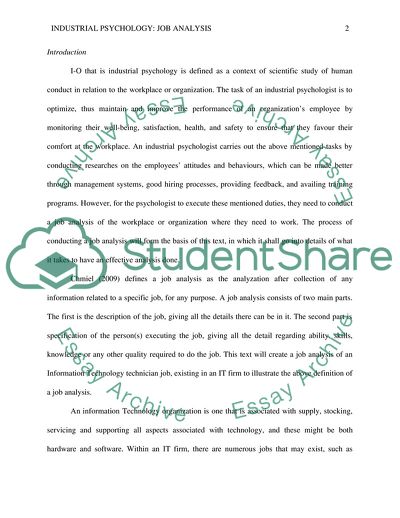Cite this document
(Industrial Psychology: Job Analysis Coursework Example | Topics and Well Written Essays - 1500 words, n.d.)
Industrial Psychology: Job Analysis Coursework Example | Topics and Well Written Essays - 1500 words. https://studentshare.org/psychology/1811481-objective-analysis-of-a-specific-job-in-a-particular-work-organization
Industrial Psychology: Job Analysis Coursework Example | Topics and Well Written Essays - 1500 words. https://studentshare.org/psychology/1811481-objective-analysis-of-a-specific-job-in-a-particular-work-organization
(Industrial Psychology: Job Analysis Coursework Example | Topics and Well Written Essays - 1500 Words)
Industrial Psychology: Job Analysis Coursework Example | Topics and Well Written Essays - 1500 Words. https://studentshare.org/psychology/1811481-objective-analysis-of-a-specific-job-in-a-particular-work-organization.
Industrial Psychology: Job Analysis Coursework Example | Topics and Well Written Essays - 1500 Words. https://studentshare.org/psychology/1811481-objective-analysis-of-a-specific-job-in-a-particular-work-organization.
“Industrial Psychology: Job Analysis Coursework Example | Topics and Well Written Essays - 1500 Words”. https://studentshare.org/psychology/1811481-objective-analysis-of-a-specific-job-in-a-particular-work-organization.


